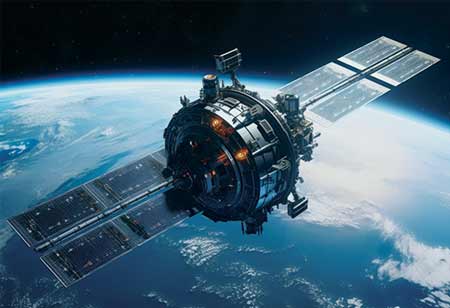THANK YOU FOR SUBSCRIBING

Why Elevator Monitoring is Important in Buildings
Bobby James, Safety/Compliance Manager, TopBuild

 Bobby James, Safety/Compliance Manager, TopBuild
Bobby James, Safety/Compliance Manager, TopBuildThe buildings must have elevator monitoring to track the service offered and upgrade whenever necessary.
The elevator is a vital device in the building, and it will ultimately need care that goes beyond what regular maintenance can provide, much like the heating, windows, roof, and electrical service. The building manager needs to track the elevator to know when to service or upgrade an aging device for the building to remain competitive about preserving its value and occupant confidence.
Here are some other reasons why surveillance of elevators is essential:
User safety
Elevator control ensures that the elevators are running correctly at all times and that if anything goes wrong, the passengers riding inside them will be secure. Malfunctions are an inevitable feature of devices, and when planning the overall building maintenance and management strategy, resources like elevator control are crucial.
To record and address malfunctions
To ensure that things are functioning well, every attribute of the elevator should be carefully monitored. A high-speed ride can damage passengers physically, while a slow ride can hinder the flow of traffic in the building, enticing users to overfill the elevator when they have the opportunity to use it. In turn, this may overwhelm the counterweight or damage the system, raising the potential for risk and legal fallout for passengers on board.
Customer service
While various types of people use elevators, it is better to optimize them for passengers in a hurry. Some passengers may get impatient if the elevator is not available in a couple of seconds, causing them to take their business elsewhere. Efficient monitoring of the elevator helps to recognize problems that can cause delays, like signal delays or pranks where someone presses each floor button and then exits. It ensures the maximum and reliable efficiency of the elevator and prevents related dissatisfaction inside the building.
Read Also
Bridging AI and Construction: How Model Context Protocol Is Transforming AEC Workflows
Bringing Information Security to the Core
Data-Driven Approach For More Efficient And Low-Emission Infrastructure Construction And Maintenance
Social Value: Investing in the Legacy of our Projects
Opportunities Offered By Satellite Technology And Low Earth Orbit To The Construction Industry
Bridging Al and Construction: How Model Context Protocol is Transforming AEC Workflows

 Copyright © 2025 All Rights Reserved | by:
Copyright © 2025 All Rights Reserved | by: Construction Tech Review
| Subscribe | About us | Sitemap| Editorial Policy| Feedback Policy











